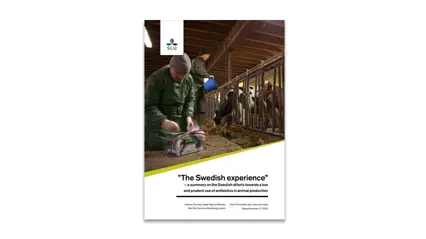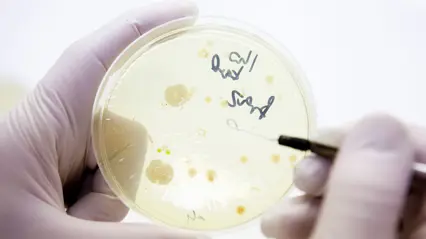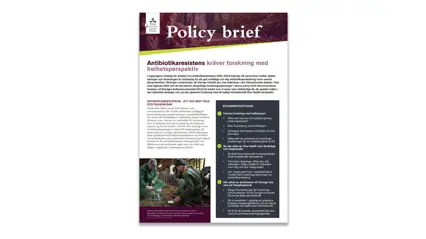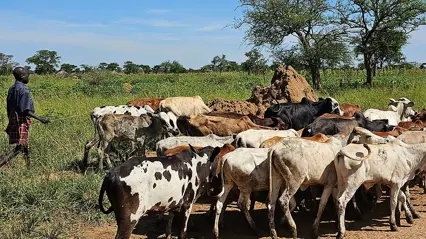Antimicrobial resistance

Susanna is SLU's new professor in One Health and antimicrobial resistance
I want to strengthen SLU’s AMR work within the One Health concept, connect research groups to address this complex challenge, and increase the visibility of SLU’s One Health research both nationally and globally.

Safe food and healthy people – how One Health research makes a difference
In many low- and middle-income countries (LMIC), livestock are vital sources of food, income and nutrition. However, when animals are kept close to people, and when animals and foods are sold at traditional markets with inadequate hygiene and biosecurity, the risk of spreading bacteria that cause disease or antimicrobial resistance (AMR) increases.

Salmonellosis transmission involves multiple sectors
This study is strongly aligned with the One Health research approach because the study focuses on how salmonellosis transmission involves multiple sectors: human health risks through the food chain, animal health issues from livestock production to retail meat, and environmental contributors that promote contamination from farms to markets.

Sectors must work together to combat antibiotic resistance
Antibiotic resistance is a true One Health issue because bacteria are rarely limited to one animal species or location. This means that resistance that develops in livestock can spread to humans ‒ for example, through direct contact, the environment, or animal-source foods.

How breakdown products from antibiotics and antivirals impact rivers and lakes
Our results show that some antibiotic transformation products might retain antibacterial activity , which could be of interest to other sectors within One Health, especially considering the issue of antimicrobial resistance

Working across disciplines to tackle antibiotic resistance
At the Uppsala Antibiotic Center (UAC), we work across disciplines to tackle antibiotic resistance. We bring together researchers from, for example, medicine, biology, pharmacy, chemistry, technology, and social sciences at Uppsala University and SLU, among others. At UAC we believe that no single field can solve this problem alone.

Biofilms in veterinary care – an unknown risk?
Biofilms can harbour pathogens and antimicrobial resistance and are difficult to remove during cleaning. In veterinary care, their prevalence is still largely unknown – this project aims to find out more.

"The Swedish experience" - a summary on the Swedish efforts towards a low and prudent use of antibiotics in animal production
The report summarises the Swedish work towards a low and prudent use of antibiotics, including figures on antibiotic use in Swedish production animals and a discussion of essential success factors and lessons learned.

Antimicrobial resistance – the silent pandemic
The consumption of antibiotics in the world is increasing, and bacteria are becoming ever more resistant to this vital medical tool. Here we present two stories that exemplify how SLU contributes to this fight against antimicrobial resistance.

Antibiotic resistance requires research with a holistic perspective
A policy brief where researchers at the Swedish University of Agricultural Sciences (SLU) recommend three decisions to meet the goals of the national strategy for the fight against antibiotic resistance 2020–2023 and generate research with a clear cross-sectoral One Health perspective (in Swedish).

Campylobacter hyointestinalis ‒ more common than expected
Campylobacter is the most commonly reported cause of bacterial gastroenteritis in humans, and cattle are one of its potential reservoirs. A study compared different culture methods for detecting Campylobacter in cattle faeces and found C. hyointestinalis to be much more common in cattle than previously recognised. (Foto: Lisa Chröisty)

MOOC: Effective Livestock Production with Low Use of Antibiotics
Learn what antibiotic resistance is and how to prevent it while increasing productivity among your livestock in this massive open online course.